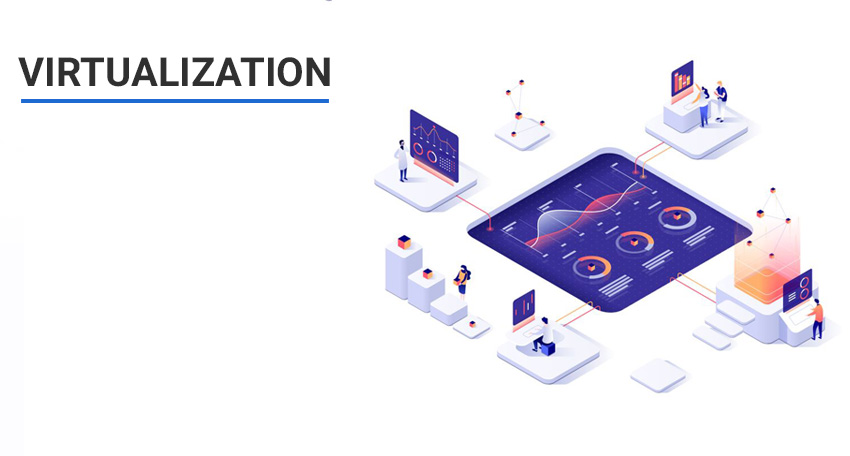
Virtualization
Virtualization is a method of decoupling an application and the resources required to run it — processor, memory, operating system, storage and network access — from the underlying hardware host.
Virtualization is also a broad term for many different types of computing:
Hardware Virtualization: This allows one server to run multiple operating systems at the same time, decreasing the number of servers needed to power a workforce.
Software Virtualization: If you’ve ever booted your Mac in Windows, or vice versa, you were virtualizing your software. This typically happens on individual computers, not entire networks.
Desktop Virtualization: VMware calls this VDI, and although that is their proprietary system, the concept of desktop virtualization is not limited to any single company. In this scenario, each computer’s preferences, OS, application and files are hosted somewhere other than the local machine. This has a number of benefits, both for end users and for IT departments.
Storage Virtualization: This is the consolidation of data in a central location, where multiple users can access it. It allows for the reduction in duplicated data and potentially fewer servers.
Without question, cost reduction is the primary reason that IT organizations launch virtualization projects.
Savings occur in many ways such as:
Reducing the number of servers: Whether in a stand-alone, rack-mount or blade form factor, a key benefit of virtualization is fewer servers, which in turn results in lower capital expenditures.
Reducing energy costs: Fewer servers require less energy and cooling capacity to operate them.
Diminishing real estate costs: Virtualization often enables data center consolidation, leading to the closure of facilities or a reduced footprint. There are also productivity savings and efficiencies that can result from virtualization.
Diminishing real estate costs: Virtualization often enables data center consolidation, leading to the closure of facilities or a reduced footprint. There are also productivity savings and efficiencies that can result from virtualization.
Greater flexibility: When requirements are modified, workgroups change or products move into development, virtualization allows supportive IT assets to keep pace more readily than a straight physical environment is able to.
Easier administration: With fewer servers and storage area network (SAN) devices to manage, IT staff, data center operators and network administrators are free to focus on more strategic tasks.
In Rugged Asia, we work closely with our customers to understand your business needs and challenges so that we can assist in delivering the best virtualization solutions to integrate seamlessly to your IT systems yet achieving better efficiency at a lower cost. With our diverse range of experience and expertise, we add a stronger value to our customers’ business by aligning your business with IT for productive, efficient business processes and customer satisfaction for better ROI returns.
